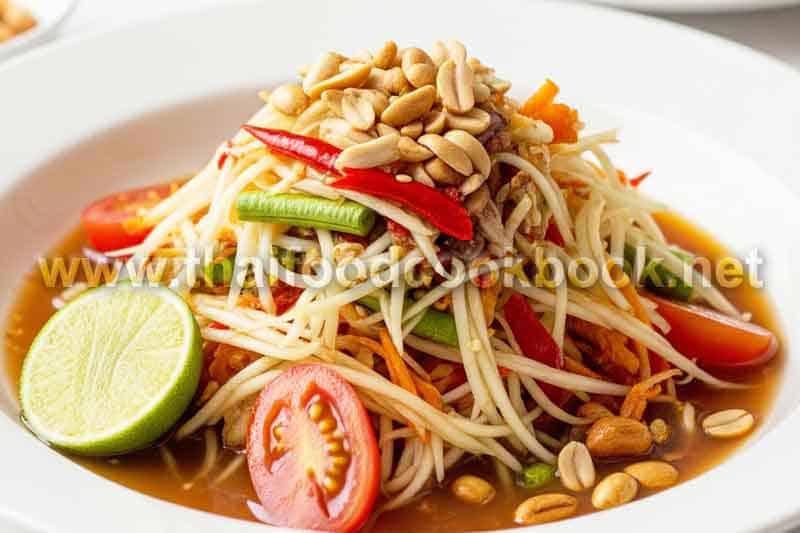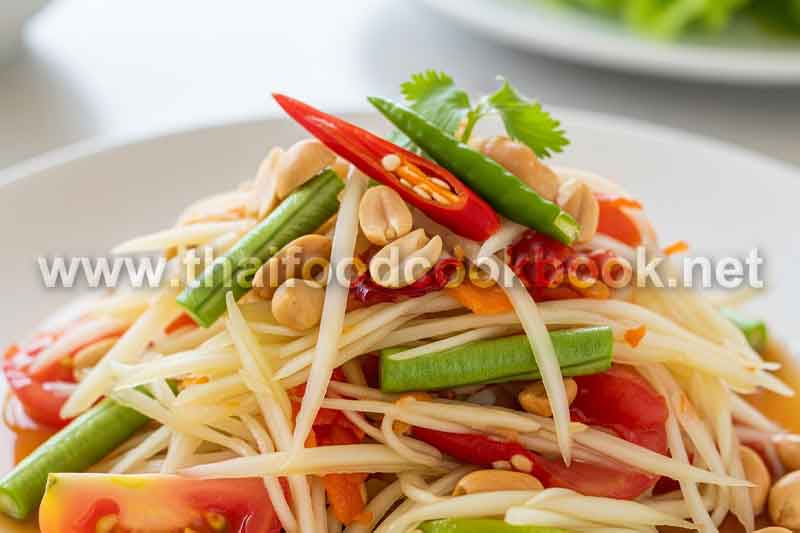How to Make Thai Food Healthier Without Changing the Taste
Many people love authentic Thai cooking for its bold spices, rich coconut-based curries, and fragrant herbs, yet fewer people realize that learning how to make Thai food healthier without changing the taste is actually simple when you understand the role of traditional ingredients, portioning of fats, and smart substitutions that preserve the original flavor. In fact, most lighter Thai recipes do not require removing the signature Thai flavors at all — they simply use better ratios of herbs, aromatics, and fresh produce instead of heavy oil or sugar. Classic meals made with lemongrass, kaffir lime leaves, galangal, ginger, turmeric, and fish sauce can still taste exactly like the versions served at a restaurant, but with a higher nutritional value, better balance of sodium and fat, and improved digestion. When people learn how to prepare food this way from the start, they gain confidence to cook at home more often while still enjoying the original flavors they love. If you are at the beginning stage of upgrading a healthier Thai-style diet, following a practical step-by-step method can help you retain the same aroma, texture, and umami profile traditionally found in authentic dishes such as tom yum, pad kra pao, green curry, or massaman curry. For anyone searching guidance on how to make Thai food healthier without changing the taste, this complete guide will show you how to reduce calories without losing flavor, how to work with different cooking oils, how to use fresher seasonings instead of sugar, and how to naturally improve your cooking so every plate tastes like a restaurant meal — only better for your body.
1. Healthier Ingredient Swaps That Do Not Affect Authentic Flavor
The easiest path toward healthier Thai dishes is not about restricting flavor, but rather improving ingredient balance. Traditional Thai cuisine is naturally based on herbs and vegetables, so you can keep the richness of a recipe while removing processed calories sourced from oil or sugar. Instead of white sugar, palm sugar, or overly sweet sauces, home cooks can shift toward alternatives such as small amounts of coconut nectar or a light splash of honey — or even stevia in savory broths. This keeps the recipe vibrant without masking the spices. The same logic applies to salt-heavy seasoning sauces: choosing low-sodium fish sauce or reduced-salt soy sauce instantly lowers the sodium load without sacrificing umami.
- Swap regular coconut milk with “lite” coconut milk or a 50:50 blend of stock plus coconut milk
- Use less sugar in stir-fries by relying on aromatic herbs for natural depth
- Replace MSG-heavy powders with fresh galangal, lemongrass, or kaffir lime leaf
- Season with lime juice or tamarind pulp instead of extra salt
By staying loyal to Thai herbs rather than fillers like sugar or corn syrup, you can enjoy better nutritional value while retaining fragrance, texture, and aroma. These swaps go unnoticed in taste but make a major difference in heart health, digestion, and long-term wellness.
2. Smarter Cooking Techniques for Lower Calories, Same Authentic Aroma
Healthy Thai cooking does not depend on dieting rules; it relies on technique. In restaurant kitchens, cooks intentionally layer aromatics first, allowing chilies, garlic, and onion to build flavor naturally so they can use less saturated fat later. When cooked at home the same way, you capture deep fragrance before adding any oil at all. Stir-frying is one of the fastest and healthiest ways to cook, but it can become calorie-dense if too much oil is used. A simple upgrade is to sauté in a small amount of oil, then add a splash of stock or coconut water to continue cooking — this preserves the wok-fired aroma but eliminates thick oily residue. Steaming, poaching, and grilling also give Thai cuisine bright layers of flavor without heaviness.
- Preheat aromatics first for maximum flavor extraction
- Switch from deep-frying to flash-stir-frying or shallow grilling
- Use broth to extend cooking instead of additional oil
- Steam vegetables separately to maintain color and micronutrients
Each approach helps intensify taste while trimming unnecessary fat, leading to a dish that tastes like street-food quality but digests more comfortably.
3. Balancing Fat, Heat, and Herbs Without Losing Authentic Thai Identity
When learning how to make Thai food healthier without changing the taste, most cooks struggle with the balance of coconut milk and chili heat. Yet the secret is simply using more herbs and natural acidity in place of fat. Just one handful of fresh basil or kaffir lime leaf can create the impression of richness without extra calories. Chili heat also stimulates the palate, allowing you to use less oil without losing mouthfeel. Meanwhile, kaffir lime, lemongrass, and tamarind add brightness that mimics richness, especially in curries or soups. The real “full flavor” in Thai cuisine comes from freshness — not butter or heavy frying — which is why these tweaks feel authentic, not restrictive.
- Layer brightness (lime, tamarind) before adding more salt
- Increase fresh herbs to fill in body when saturated fat is reduced
- Choose flash-cooking over simmering in oil
- Add chili paste at the end to retain aroma with less volume required
When properly balanced, lighter Thai dishes retain all their character: they are fragrant, spicy, complex, and layered without dulled flavor or watery texture.
4. Final Summary and How to Build a Long-Term Healthier Thai Cooking Habit
Healthy Thai cooking is not about restriction; it is about restoring the original purpose of Thai cuisine: herb-forward flavor, quick cooking techniques, and fresh aromatics that replace excess fat or sugar. By choosing leaner ingredient swaps, practicing smart stovetop techniques, and using herbs to build richness, you can recreate restaurant-level depth while supporting long-term health and digestion. Eating better never requires sacrificing cultural authenticity — it simply means learning how Thai seasoning works at its root. For more nutrition-oriented guidance on balanced eating, many home cooks also reference healthy Thai cooking resources to refine and apply these tips in daily meal plans. In the end, the greatest upgrade you can make is learning to season intelligently rather than excessively; this small shift lets you enjoy bold, vivid Thai flavors at every meal without compromise.
Summary
This guide shows that Thai flavors remain intact even when recipes are prepared with less sugar, lighter oil, and fresher herbs, using layering techniques that preserve restaurant-style aroma while keeping every dish nutritious, satisfying, and authentically Thai.

